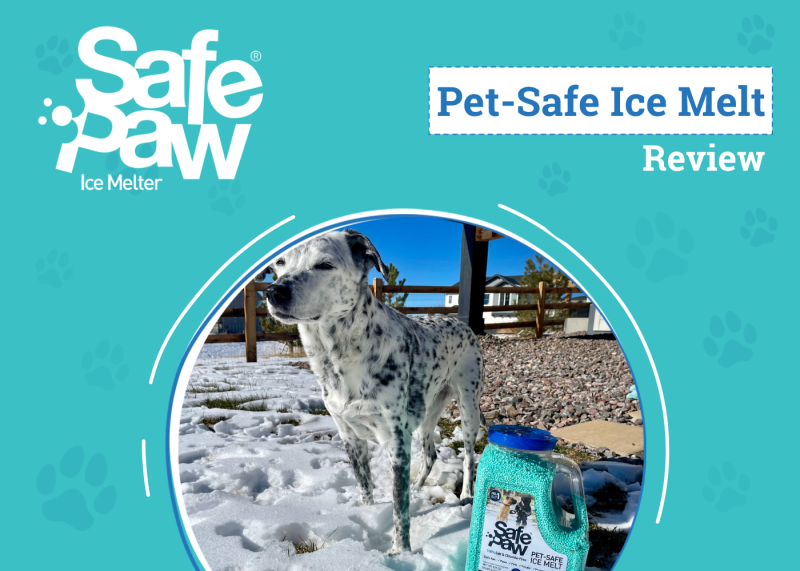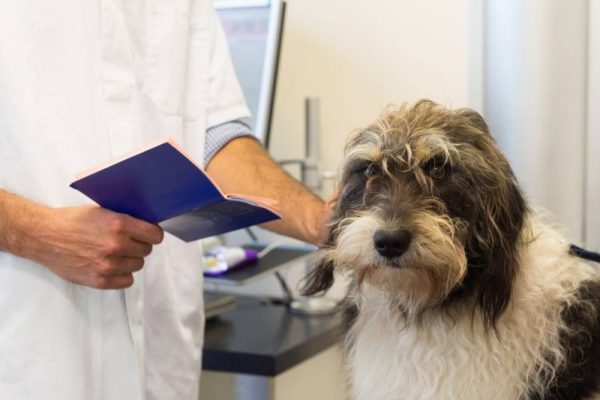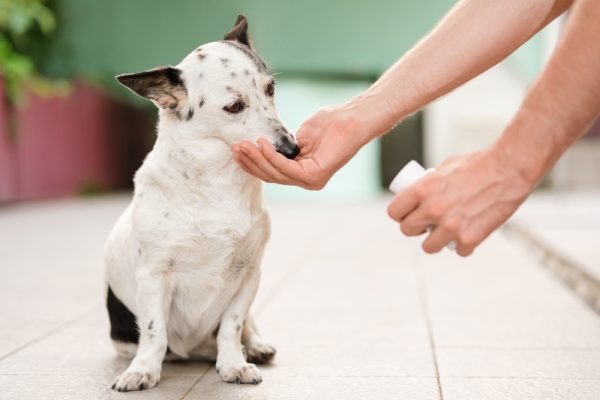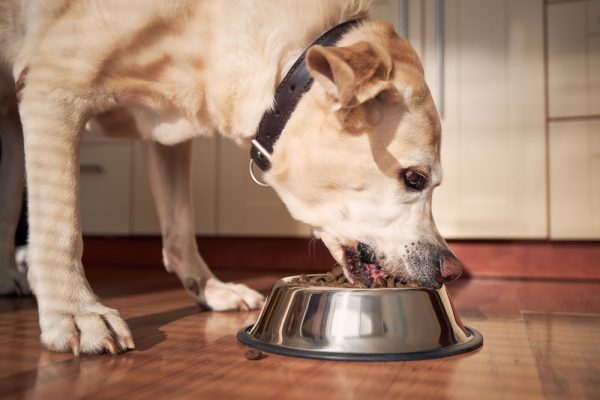In this article
View 2 More +Arthritis is a common condition that affects many dogs, particularly as they age. Thankfully, there are many effective ways of managing canine arthritis. Nutritional supplements, pain-relief medications, braces, harnesses, lifestyle changes, and massage therapy can all be beneficial. This article will focus on at-home tips for massaging dogs suffering from arthritis.
All dog owners can learn some basic massage techniques; it is a safe and non-invasive means of reducing the signs of arthritis, and it can be done from the comfort of your dog’s home.

What Is Arthritis in Dogs?
Arthritis is defined as inflammation of a joint (or joints). A joint is a part of the body where two or more bones meet. Most joints have cartilage and fluid lining them for cushioning and lubrication, respectively. Arthritis develops when the joints become worn down, either due to age, previous injuries, or both.
Common signs of arthritis include stiffness, difficulty jumping, difficulty navigating stairs, limping, reduced exercise tolerance, and loss of muscle mass. The most commonly affected joints are the hips, knees, elbows, and wrists, though just about any joint can become arthritic.
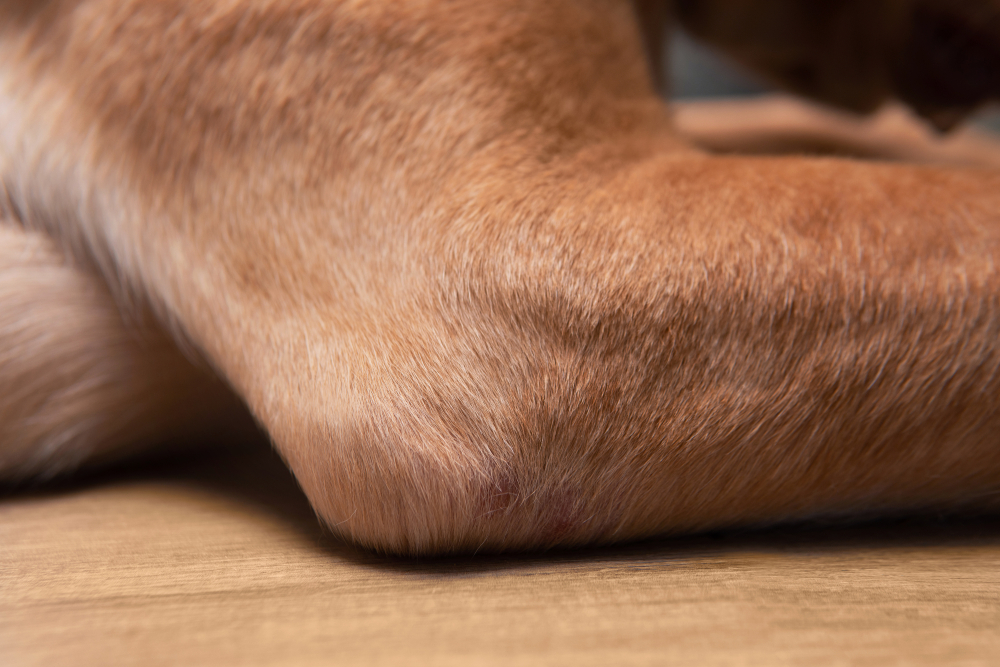
What Are the Benefits of Massage Therapy?
Massage therapy can help to alleviate pain and stiffness in dogs with arthritis. The main mechanism through which this occurs is blood flow. Massaging the muscles around joints promotes blood flow to the region. Why is this beneficial? Blood flow provides nutrients, maintaining muscle mass, and healing tissues.
While nothing can be done to fix the arthritis that is already present, the objective is to slow the progression of arthritis and provide comfort to your canine companion. Additionally, massage therapy may reduce inflammation and stress.

The 6 Tips for Canine Massage
1. Start by Seeking Veterinary Help
It is important to know that massage does not replace veterinary care. Your veterinarian will examine your dog to help determine if and where arthritis is present. This will provide the foundation for your massaging at home.
Additionally, massage is only one component of arthritis management; it should be incorporated into a multi-faceted holistic plan that involves appropriate medications too.
A vet will be able to advise you on the best course of action to ensure the well-being of your pet.
If you need to speak with a vet but can't get to one, head over to PangoVet. It's our online service where you can talk to a vet online and get the advice you need for your dog — all at an affordable price!
2. Focus on Muscles, Not Joints
Massaging joints is difficult and not always advisable. The focus of your at-home massage sessions should be on the muscles around the affected arthritis joints.
3. Ensure Your Dog is Comfortable
Create a comfortable environment for your dog. It should be quiet and well-padded. Your dog should be calm, and positioned however is most comfortable for them. For most dogs, this will be lying on their side; for some dogs, it might be standing or sitting.
After the massage, reward them with healthy treats to generate a positive association with the massage sessions. If your dog shows signs of pain at any point, give them a break and consider trying another muscle.
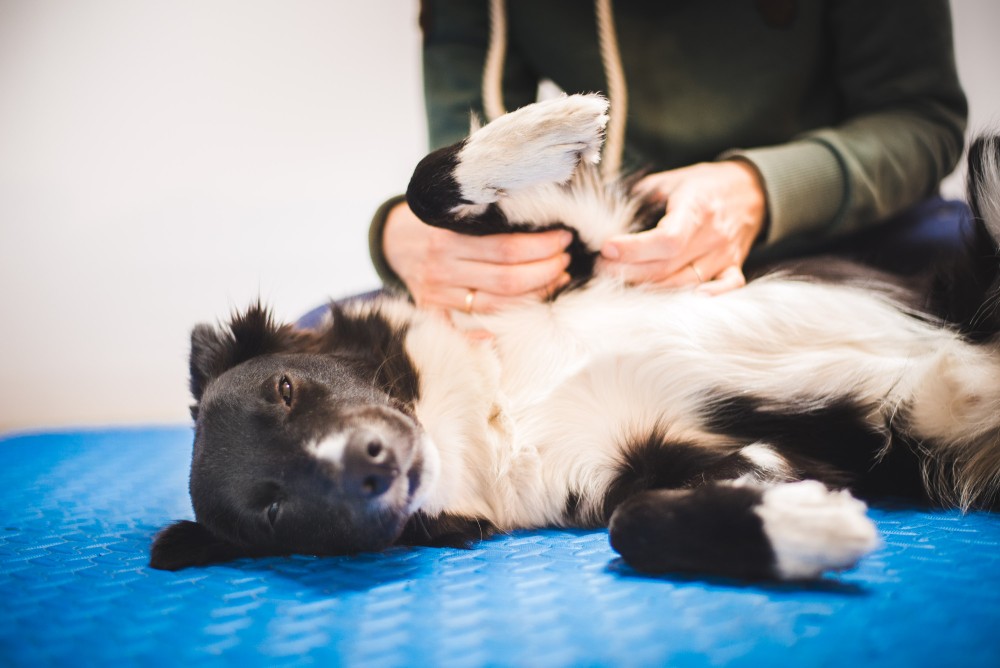
4. Start Gently and Build-up
While you and your dog are both new to massage, it’s best to be gentle. Learn what your dog tolerates—some muscles are likely to be tighter, or more painful, than others. Gradually increase the pressure you apply and the number of muscles you massage.
5. Familiarize Yourself with the Techniques
This is the most technical aspect of massage. Common techniques include:
- Effleurage – Gentle, gliding strokes used to warm up the muscles, following the direction of the fur.
- Petrissage – Kneading and rolling the muscles, typically between your thumb and fingers, for a deeper massage.
- Compression – Apply direct pressure and hold for a few seconds before releasing.
- Friction – This uses small, gentle, circular movements to generate heat.
- Passive stretching – Gently move your dog’s limbs through their range of motion, supporting them at the joint and holding for a few seconds.
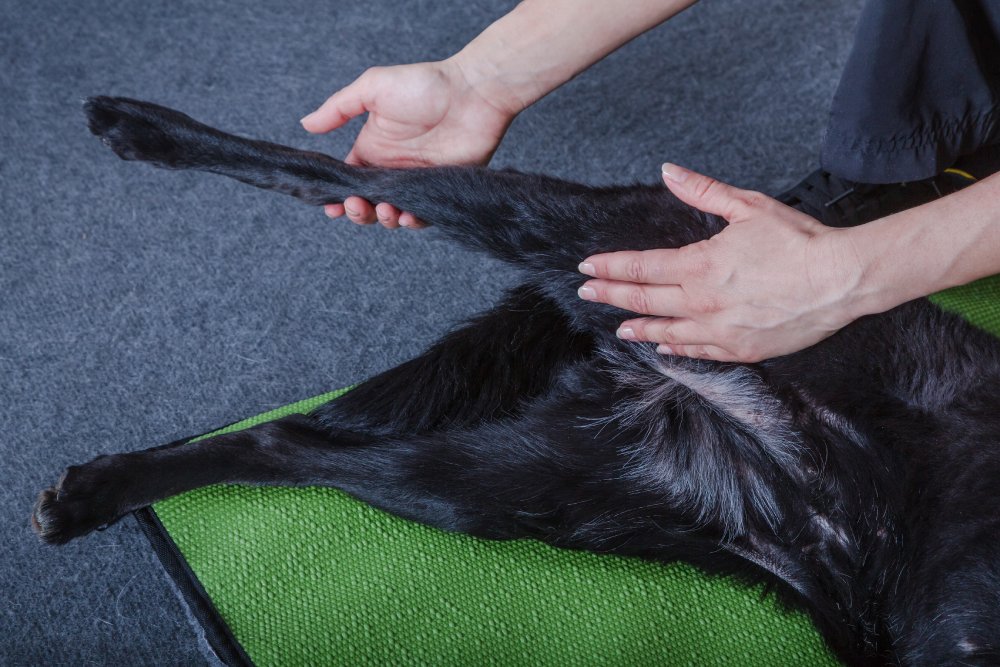
6. Be Consistent and Patient
Massage therapy requires you to be consistent over several weeks and months. Stick to a schedule and remind yourself of the benefits for your dog. It may take some time before you notice obvious improvements.

Conclusion
Massage therapy can be an important component of any arthritis management plan. It is safe and easily achievable at home, where your dog is most comfortable. Always be guided by your veterinarian, and don’t attempt any massage that you (or your dog) are not comfortable with.
See Also:
Featured Image Credit: msgrafixx. Shutterstock




